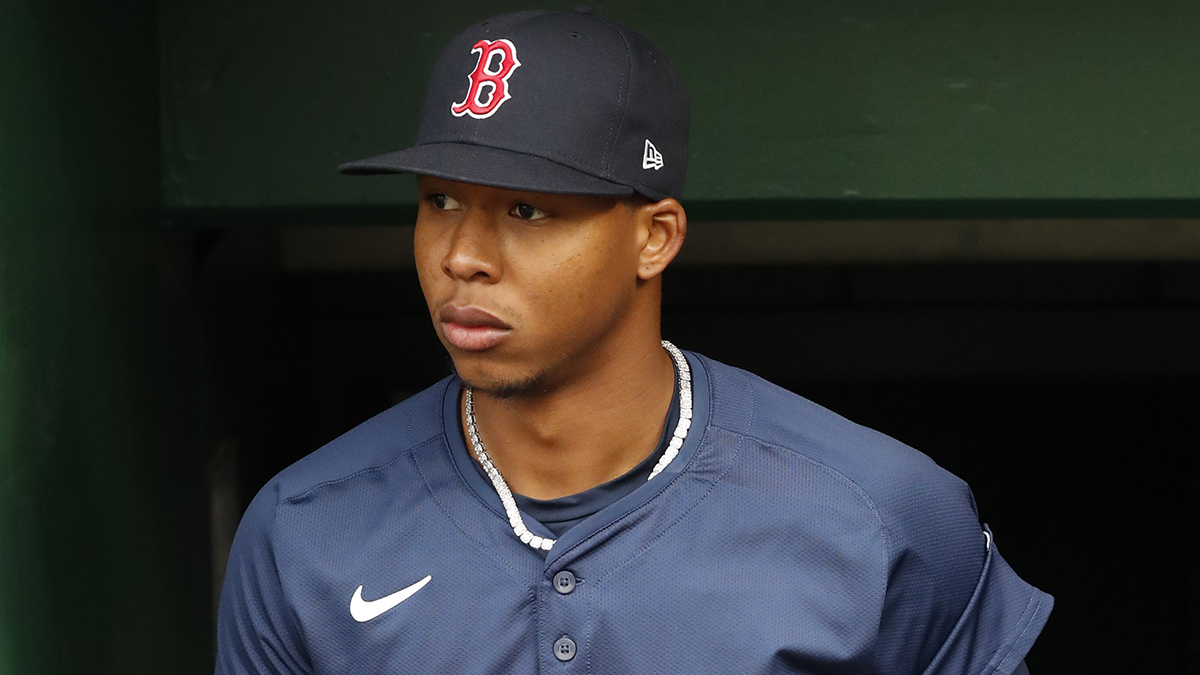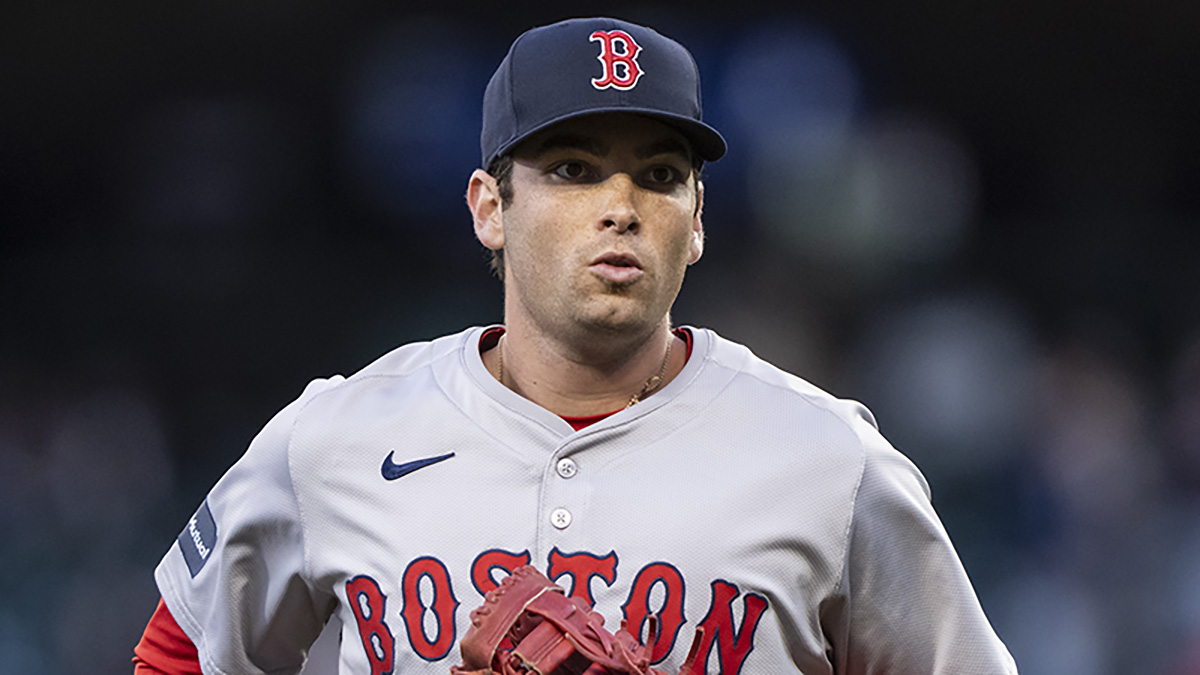The Red Sox recently made two minor moves that may not have caused a ripple in the ocean that is baseball's offseason, but nonetheless offered an important lesson: Hoarding prospects can lead to missed opportunities.
They designated for assignment two pitchers who once showed varying degrees of promise. First, they traded left-hander Darwinzon Hernandez to the Orioles for cash last week. On Tuesday, they shipped right-hander Connor Seabold to the Rockies for either cash or a player to be named later.
Both returns were predictably small, which is generally what happens when players are DFA'd. Based on recent history, neither held much value. Hernandez allowed 17 runs in 6.2 innings last year, spending most of the season at Triple-A Worcester. Even at his best, he never threw consistent strikes, and last year was far from his best.
Stay in the game with the latest updates on your beloved Boston sports teams! Sign up here for our All Access Daily newsletter.
Tomase: List of Red Sox on BA's Top 100 prospects has an asterisk
Between the majors and minors, he walked nearly a batter an inning.
Seabold, meanwhile, was pummeled in five fill-in starts, allowing a staggering 35 hits in just 18.1 innings. His stuff was thoroughly mediocre, with a fastball that barely cracked 90 mph and a changeup that opponents pounded at a .429 clip. He had no answers for big-league hitters.
So good riddance, right? Maybe, except windows existed for each player to fetch more in return, if only the Red Sox had acted.
Boston Red Sox
In 2019, Hernandez piled up strikeouts like Craig Kimbrel, albeit while walking the ballpark. His upper-90s fastball played in the strike zone, at least when he could find it, and he looked like a legitimate future weapon. As if to prove the point, he posted a 3.17 ERA over the next two years while striking out over 12 per nine innings.
Beneath the surface, however, trouble lurked. Even at his best, Hernandez had walked over seven batters per nine innings, a pace that simply wasn't sustainable. Given his results and his ability to miss bats with a riding fastball, though, a market certainly existed for his services.
The Red Sox ignored the red flags and chose the path of least resistance, keeping the hard-throwing left-hander rather than trading him while he had value. Only later did they end up effectively giving him away within the division.
Seabold represents a slightly different case, since he has never experienced success in the big leagues. That doesn't mean he lacked value, though. Acquired alongside right-hander Nick Pivetta from the Phillies for relievers Brandon Workman and Heath Hembree in 2020, Seabold very briefly looked like the most important player in the deal when his fastball touched 96 mph early in 2021 before an elbow injury shelved him for more than two months.
Blessed with command of four pitches, Seabold just needed a usable fastball to round out his repertoire. Almost as quickly as it arrived, however, the velo vanished. When he returned from injury, Seabold sat in the 88-92 range, turning almost immediately into Triple-A filler.
With their focus on developing Triple-A pitching depth, the Red Sox held onto virtually every single one of their upper-level starters (an exception: left-hander Jay Groome, who went to the Padres for Eric Hosmer). While keeping everyone guaranteed they wouldn't miss on anyone, it also meant they're wouldn't maximize each player's value.
Take right-hander Thaddeus Ward, who went to the Nationals with the first pick in the Rule 5 draft after being left off the 40-man roster. The Red Sox had hoped to sneak him through the Rule 5, since he was coming off Tommy John surgery, but they would've been better served dealing him at the deadline, when he had just returned to action.
Tomase: Adam Duvall signing has potential to be a win for Red Sox
The same goes for first baseman Bobby Dalbec and center fielder Jarren Duran, two hitters who once had real value and now would qualify as little more than throw-ins.
Under Chaim Bloom, the Red Sox have hesitated to trade prospects for fear of missing out on a good young player. One trade they did make, sending right-hander Aldo Ramirez to the Nationals for Kyle Schwarber at the 2021 trade deadline, qualified as a smashing success even before Ramirez underwent Tommy John surgery last summer.
Bloom's predecessor, Dave Dombrowski, was extensively criticized for blowing up the farm system, but not only did he never hesitate to trade prospects, he had a knack for trading the right ones. He refused to part with outfielder Andrew Benintendi or third baseman Rafael Devers in the package that brought Chris Sale from the White Sox, and of all the prospects he traded in other deals, about the only one to amount to even an average big leaguer is outfielder Manuel Margot.
It's still a fair critique of the Dombrowski Era that he prioritized today over tomorrow. That said, there's a happy medium between trading everyone and trading no one, and the Red Sox would be best served if Bloom finds it.


